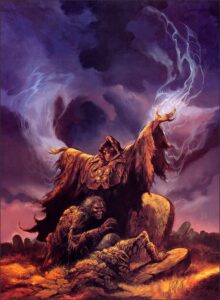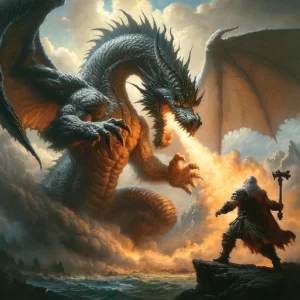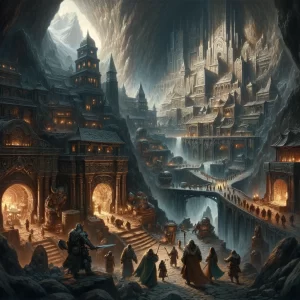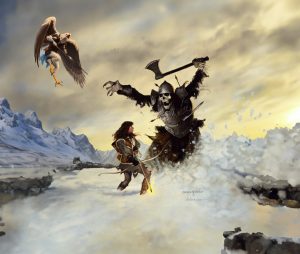
Here is a more in-depth look at some of the classes in D&D 5e that are often considered powerful, focusing on their unique features, abilities, and potential builds:
Wizards: Wizards have one of the most extensive spell lists in the game, giving them immense versatility. They can prepare a different list of spells after each long rest, allowing them to adapt to different challenges. Wizards also have Arcane Traditions, which offer unique abilities and enhance their spellcasting. For example, the School of Divination has the "Portent" ability, allowing the Wizard to replace any roll with a pre-rolled d20, and the School of Evocation can shape spells to avoid hitting allies.
Clerics: Clerics are not only fantastic healers, but they can also dish out serious damage and have solid defensive capabilities. They have access to Divine Domains, which grant them additional abilities and bonus spells. The Life Domain makes them exceptional healers, the War Domain grants martial prowess, and the Light Domain gives access to potent offensive spells. Clerics can wear armor (with heavy armor available depending on their domain), giving them good survivability in combat.
Druids: Druids are known for their shape-shifting ability, Wild Shape, which lets them turn into animals for combat, scouting, or utility purposes. Circle of the Moon Druids, in particular, can transform into stronger creatures, giving them significant combat strength and additional hit points. They also have a versatile spell list, including many spells that control the environment or heal allies. At 20th level, Druids gain the Archdruid feature, allowing them unlimited uses of Wild Shape, which can make them incredibly resilient.
Paladins: Paladins combine martial prowess with divine magic, allowing them to dish out heavy damage with Divine Smite and protect or heal their allies with auras and healing spells. Their Oaths, like the Oath of Vengeance or Oath of Devotion, provide unique abilities that can further enhance their combat and supportive capabilities. Paladins can wear heavy armor and use shields, making them hard to take down in combat.
Bards: Bards are the ultimate jack-of-all-trades. They have a varied spell list, including healing, damage, and control spells. With their Bardic Inspiration, they can bolster their allies' abilities. Their Colleges, like the College of Lore or College of Valor, offer them extra skills and abilities. College of Lore Bards can learn spells from any class, making them one of the most flexible spellcasters.
Sorcerers: Sorcerers may have a more limited spell list than Wizards, but they have Sorcery Points and Metamagic that allow them to manipulate their spells in ways other classes can't, such as casting a normally vocal spell silently, or doubling the range of a spell. This flexibility can make Sorcerers potent spellcasters in the right hands.
Warlocks: Warlocks have fewer spell slots than other spellcasters, but their spells are always cast at the highest possible level, and they regain all spell slots after a short rest. Their Eldritch Invocations offer unique abilities, and their Pact Boon (Pact of the Chain, Pact of the Blade, or Pact of the Tome) gives them versatility in their approach to challenges.
Remember that "power" in D&D is context-dependent and varies by campaign and party composition. Each class can shine in its unique way, and the best class is often the one that a player finds the most fulfilling to play. Furthermore, multiclassing can open up even more possibilities, though at the risk of delayed access to higher-level class features.
The class that can deal the most damage in Dungeons & Dragons 5th Edition varies greatly depending on the situation, the character's level, and the specific build of the character.
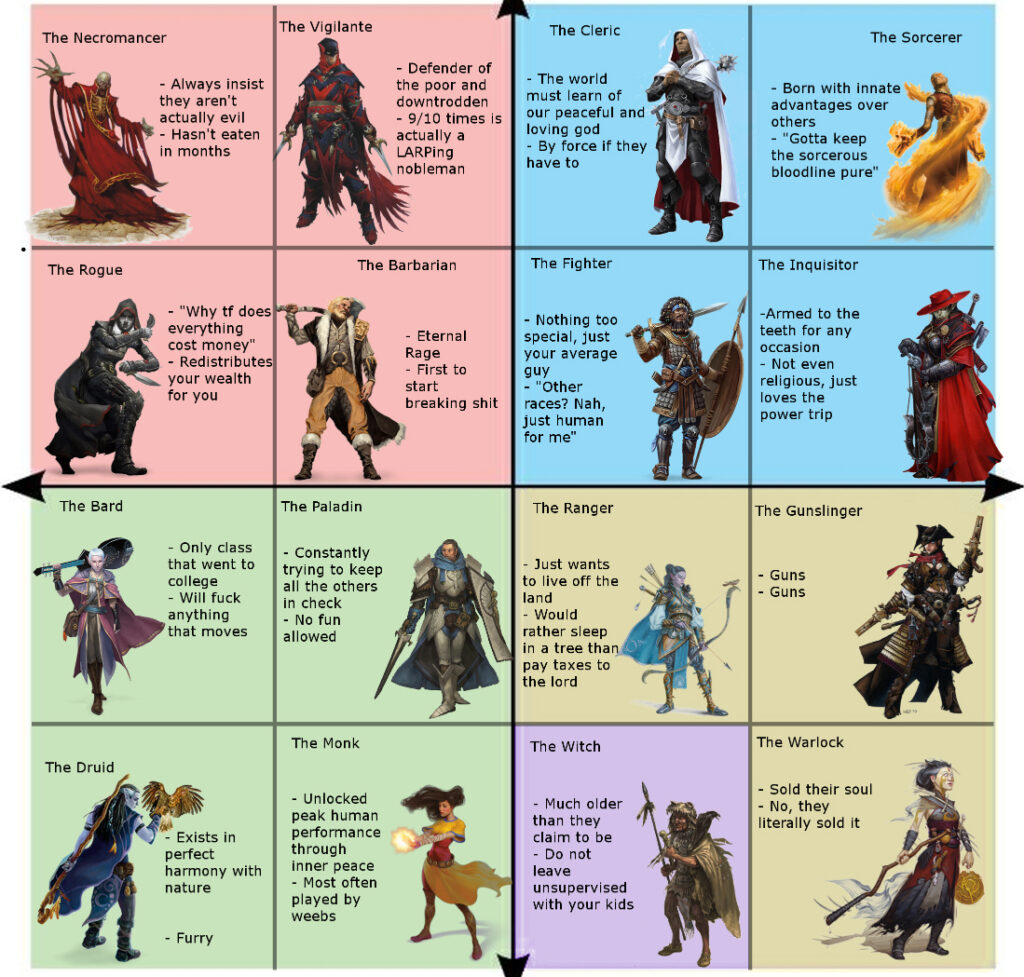
Here are a few classes and builds that are known for their high damage output:
Paladin: A Paladin's Divine Smite ability allows them to deal extra damage on a successful hit by expending a spell slot. This can lead to some incredibly high single-hit damage, especially if the Paladin scores a critical hit. The Oath of Vengeance subclass provides additional ways to maximize damage output, like the Vow of Enmity feature that gives advantage on attack rolls against a chosen creature.
Rogue: Rogues have the Sneak Attack feature, which can add a significant amount of extra damage to an attack once per turn. A well-played Rogue who consistently gets their Sneak Attack damage can have high damage output over the course of an encounter.
Fighter: Fighters get more attacks per turn as they level up, reaching up to four attacks at 20th level. This, combined with the Action Surge ability to take an additional action on their turn, and a potential fighting style like Great Weapon Fighting, can lead to some significant damage output in a single round.
Warlock: The Warlock's Eldritch Blast cantrip, when combined with the Agonizing Blast Eldritch Invocation (adds the Warlock's Charisma modifier to the damage), can deal high, consistent damage. At higher levels, Eldritch Blast fires multiple beams, each of which gets the extra damage from Agonizing Blast.
Wizard/Sorcerer: Both of these spellcasting classes have access to some of the highest damage spells in the game, like Fireball, Meteor Swarm, or Disintegrate. Sorcerers can use their Metamagic options (like Empowered Spell or Quickened Spell) to maximize or increase their spell damage output.
Monk: Monks, specifically those of the Way of the Open Hand or Way of the Kensei, can deal substantial damage by making multiple attacks per turn and using their Ki points to power abilities that deal extra damage.
Ranger: Rangers, particularly the Hunter subclass with the Colossus Slayer feature, can deal high amounts of damage, especially against individual targets.
Remember that Dungeons & Dragons is a complex game where raw damage is not the only factor in determining a character's effectiveness or a party's success. Crowd control, healing, tanking, utility, and role-playing interactions all play important roles in a balanced and fun game.



